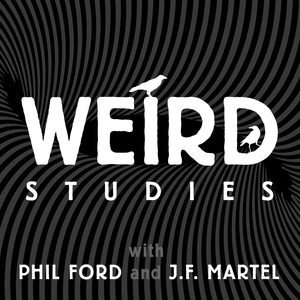About this Episode
Music writing has always been something of an occult practice, trying by some weird alchemy to use concepts to describe stuff that defies the basic categories of intellect. So long as we stick to classical music, we can pretend that nothing too odd is happening, since the classical tradition has been steeped in notation for centuries. But when a musicologist attempts to analyze, say, an ambient track by Brian Eno, things aren't so simple. Suddenly notation won't do, and there comes the need to make use of every tool in the poet's shed. This episode focuses on a recently published article by Phil on this question. In due course, the discussion turns to the power of good writing: its capacity not just to convey an author's subjective impressions, but to disclose new facets of the ineffable, baroque objective world.
SHOW NOTES
Phil Ford, "Style as Analysis" in The Routledge Companion to Popular Music Analysis: Expanding Approaches, edited by Ciro Scotto, Kenneth M. Smith and John Brackett
Christopher Ricks, Dylan's Vision of Sin
Ferrucio Busoni, Sketch of a New Esthetic of Music
Susan McClary, Feminine Endings: Music, Gender, and Sexuality
Hans Ulrich Gumbrecht, Production of Presence: What Meaning Cannot Convey
Phil Ford, Dig: Sound and Music in Hip Culture
Jerry Hopkins, No One Here Gets Out Alive
Brian Eno, Another Green World
Mitchell Morris, The Persistence of Sentiment: Display and Feeling in Popular Music of the 1970s
William Youngren, “Balliett’s Bailiwick,” Partisan Review 32, no. 1 (Winter 1965)
Whitney Balliett, Collected Works
E.M. Forster, Aspects of the Novel
Henri Bergson, Matter and Memory
